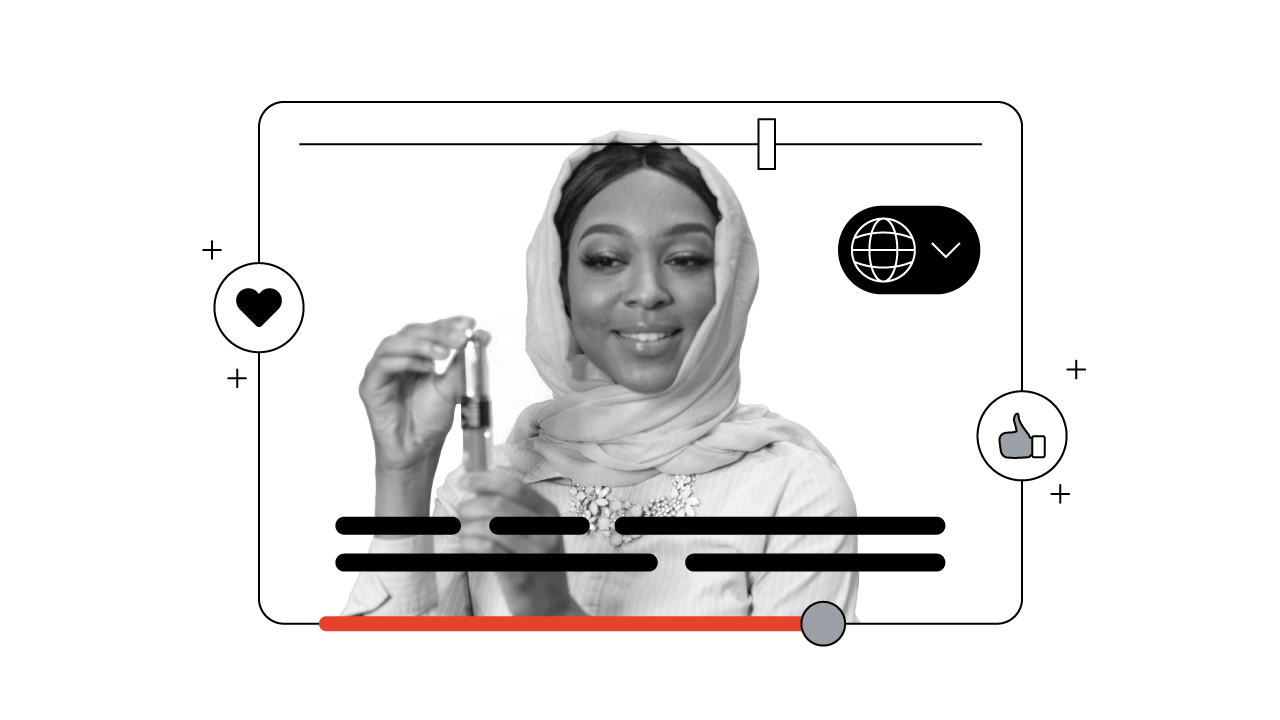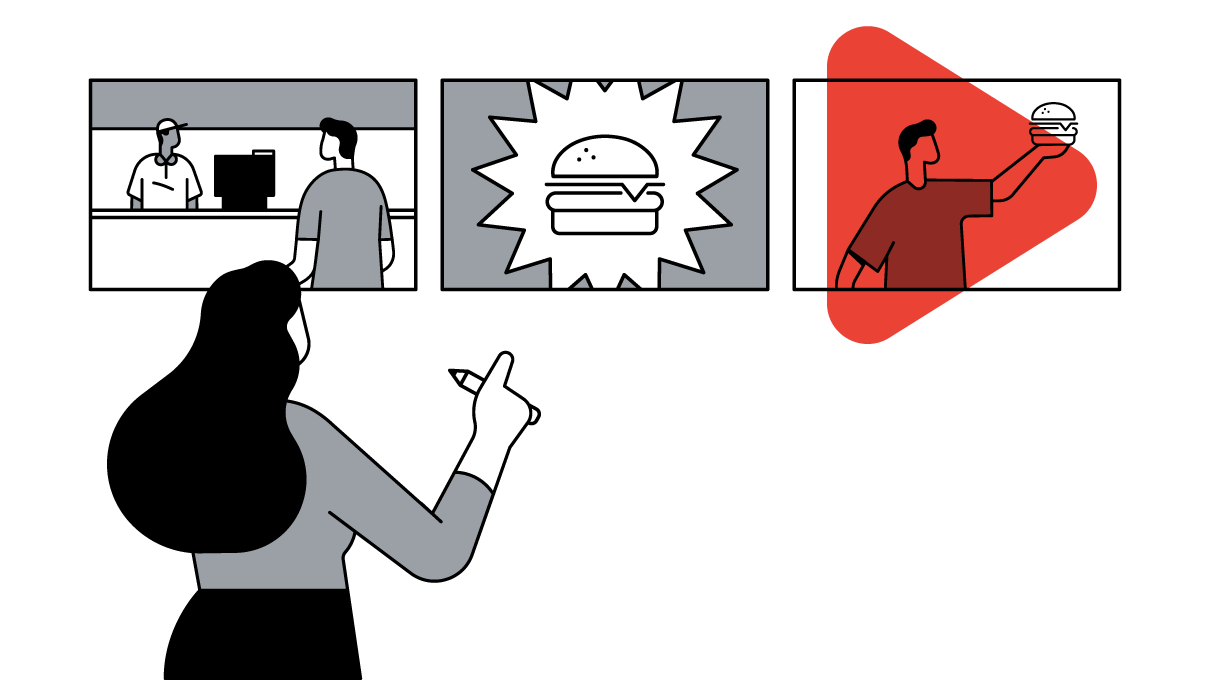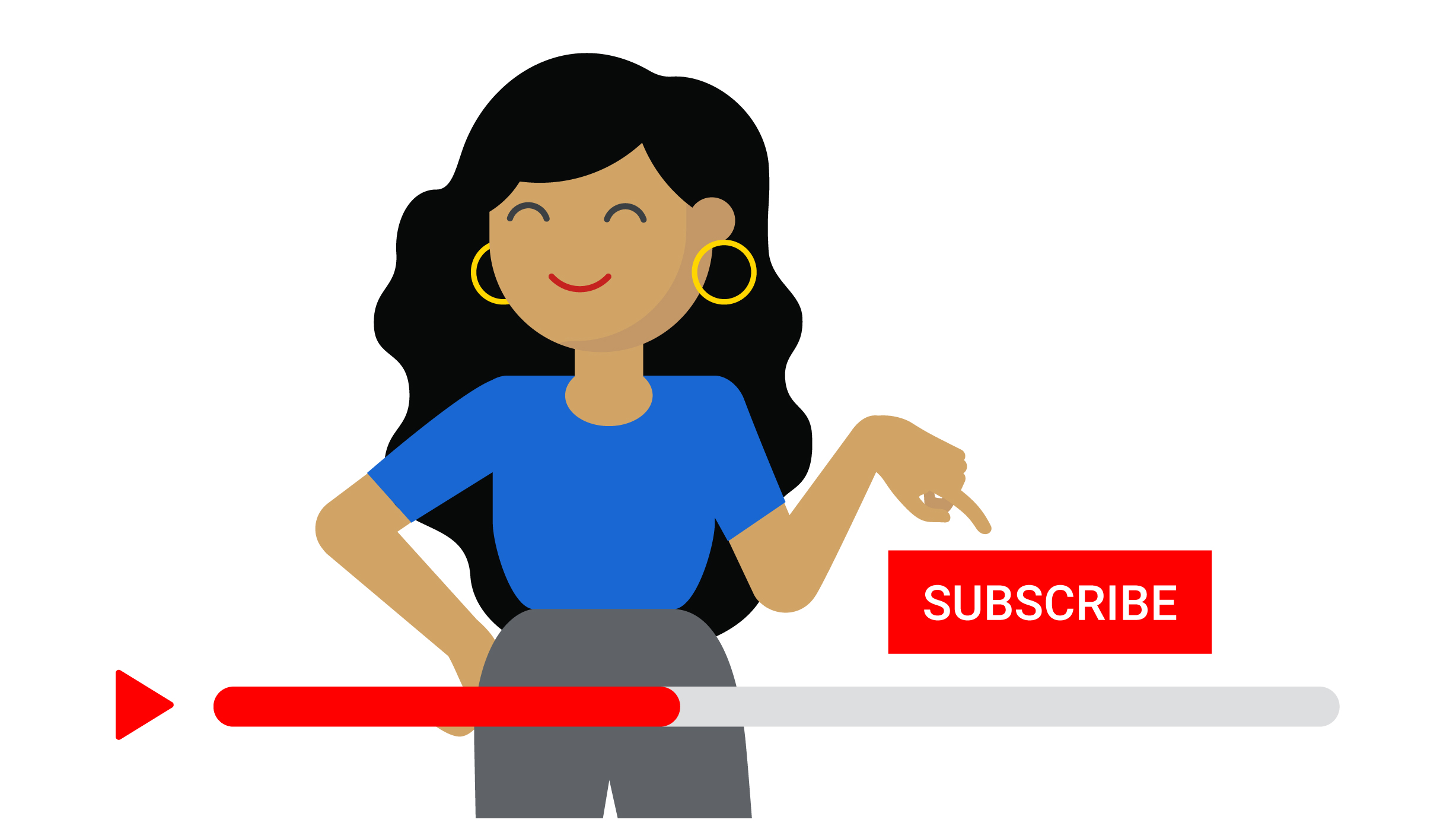Digital video is where popular meets personal
Guest
Published
June 2021Share this page
Digital video is where popular meets personal
June 2021For years, viewers had to rely on content and programming being served to them. But now, they’re in the driver’s seat, as digital platforms have enabled new voices to emerge and a broader range of content to reach the mainstream. Here, industry leaders share their perspectives on the unique mix of popular and personal video content that’s driving massive shifts in viewership.
Carla Eboli: I think that this content, the very personal aspect of the content, is what is bringing people to spend more time on YouTube.
Michael Sotelo: The ability to watch content that would not have ever been accessible before — international content, content in deeper areas that are low production but may be very valuable content — has really given users and consumers and viewers the power to decide what they want to watch, when they want to watch it and where they want to watch it.
David Cohen: I think if you think about consumer expectations these days, they are radically different than they have been in the past. Consumers are giving precious time and attention to those places where there is something that is relevant. There is something that is meaningful. There is something that is entertaining.
Stacey Stewart: People are looking to do more activities at home. People are looking to learn more. I’ve seen my parents watch YouTube videos on how to fix things in the house or do in-home improvement where they would never have done that before.
Andrés Ordóñez: I feel that traditional media or ways of watching entertainment, it’s like, it’s just mass, it’s just like, it throws out information or content that it’s trying to connect with everyone. But when you look at consumers, consumers are more waiting for the kind of brands or information that feeds into their life.
Jill Baskin: I think for most people, it’s they’re just looking to get the shows that they want to watch, the content that they want to see. And now it’s just incredibly fluid how you get that content.
Tina Allan: If we still think about cultural moments that are happening, don’t assume that the consumption or, I would say, the participation in that moment is going to happen the same way as it always has. Everyone thinks of the Super Bowl, or they did think of the Super Bowl historically, as parties around a TV. But the parties were really happening on many different channels and streaming very different ways.
Michael Bailey: You think about like, you know, the Grammys, which has experienced some pretty substantial declines in viewership, at least in the linear TV space. It’s not that the Grammys aren’t a viable content generation platform or that they’re not watercooler worthy. It’s just that how people consume that content is in snippets and less than sitting down to watch a three- or four-hour, show because they just don’t have to anymore. And frankly, the water cool, and the water cooler and the engagement that occurs is occurring, you know, on digital platforms specifically.
Others are viewing
Marketers who view this are also viewing
-
Article
![]() Article
ArticleYouTube trends: Unusual, new storytelling formats that viewers are loving right now
-
Tutorial
![]() Tutorial
TutorialABCD: Your step-by-step guide to effective creative on YouTube
-
Article
![]() Article
Article‘The Ikea Effect’: Why people watch content that they’ve played a role in creating
-
Article
![]() Article
ArticleMake it personal: Five rules of engagement for video ads that work
-
Article
![]() Article
ArticleTest and learn: How a culture of experimentation can help grow your business
-
Perspective
![]() Perspective
PerspectiveWhat Women Watch: Trends Toward Entrepreneurship, Education, and Empowerment on YouTube
-
Case Study
![]() Case Study
Case StudyHow LinkedIn’s video ad sequencing in the U.K. has changed its global marketing strategy
-
Video
![]() Video
VideoGoogle’s Unskippable Labs has run over 250 video ad experiments. Learn their approach








